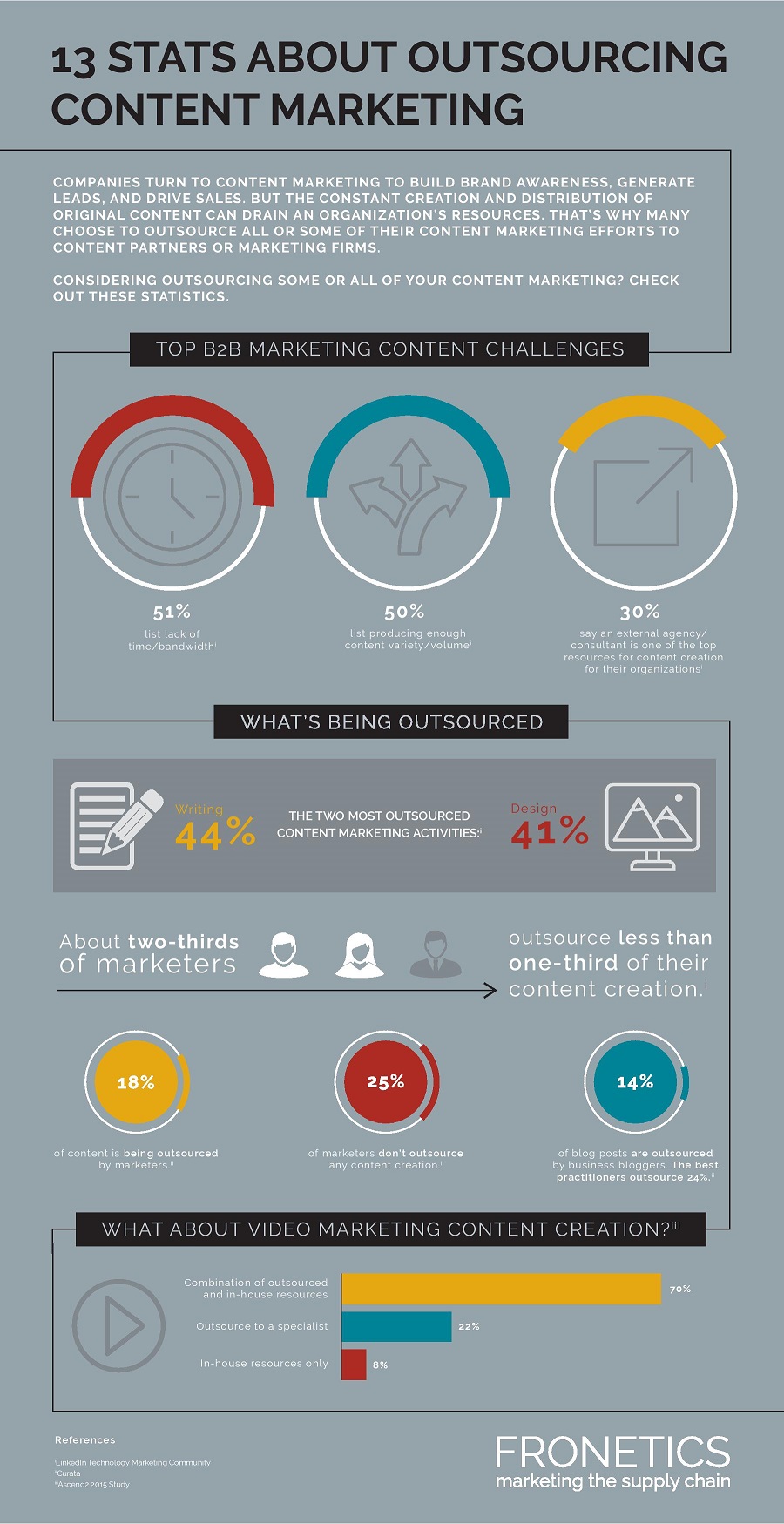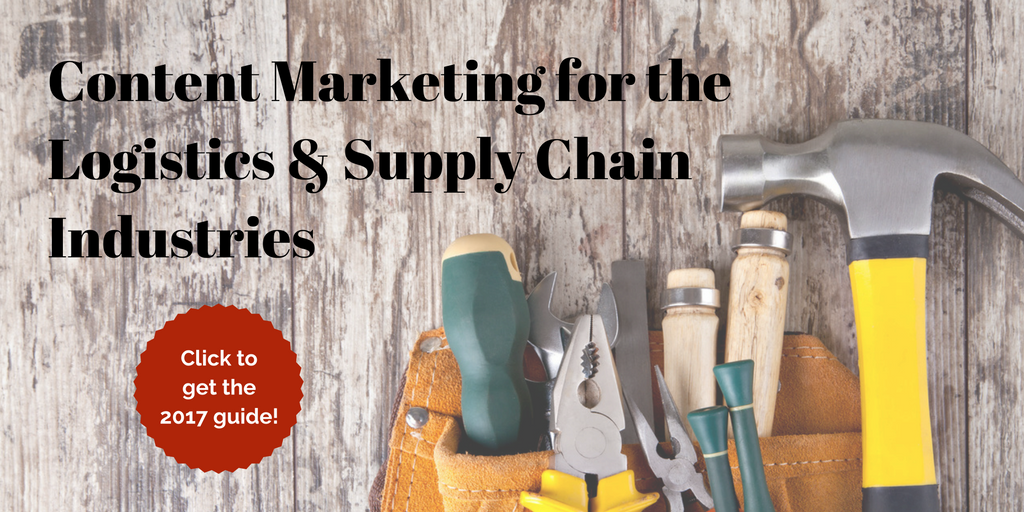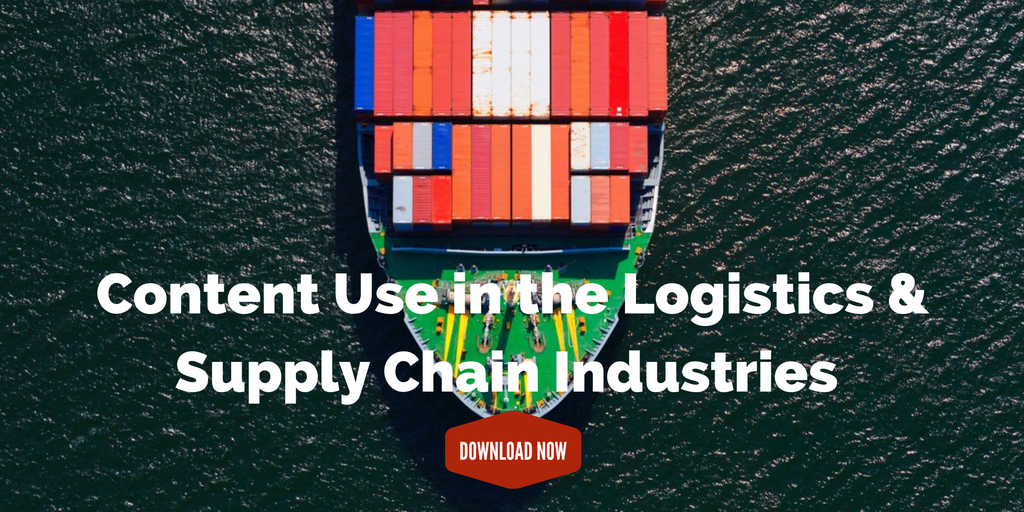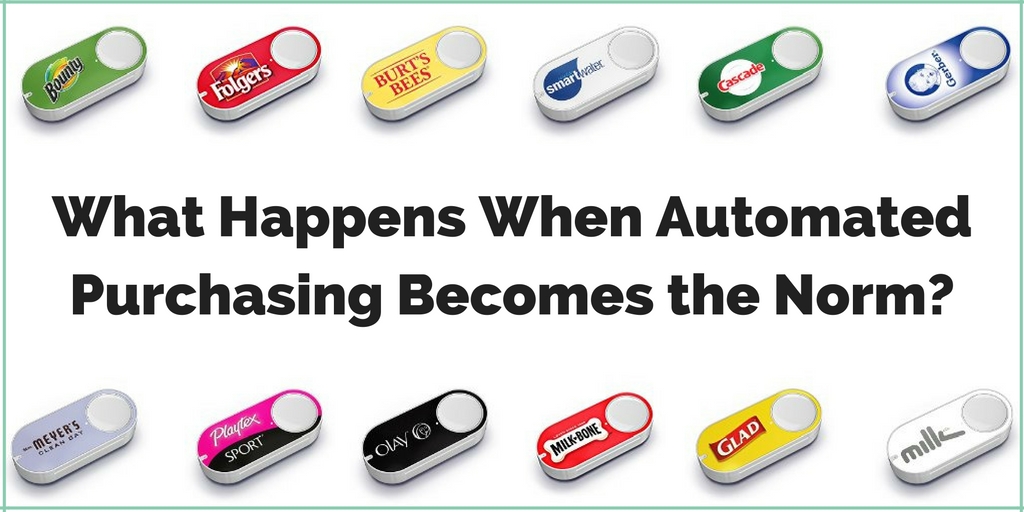![Outsourcing Content Marketing: 13 Stats You Should See [Infographic]](https://fronetics.com/wp-content/uploads/2024/10/outsourcing-content-marketing.jpg)
by Fronetics | Feb 1, 2017 | Blog, Content Marketing, Marketing
Thinking of outsourcing content marketing? This infographic illustrates how other B2B marketers are handling content creation.
Plan. Create. Distribute. Repeat.
Does the constant creation of content feel like a drain on your resources? Do you feel like the content you’re publishing isn’t on par with the standards of your business? Do you dread the days that you need to write a blog post or prepare a customer resource?
If any of these questions hit home, chances are you’ve thought about outsourcing.
Outsourcing content marketing can be a beautiful thing: You put the content creation, design, and even distribution in the hands of an expert, leaving you free to focus on your job. But, isn’t that cheating? (It’s not.) Are other companies doing it, too? (You bet.) Ultimately, is it a good business decision? (The top business blogs outsource about 24% of their content creation.)
We’ve created the following infographic to illustrate how other B2B marketers are handling outsourcing content marketing. Here are 13 statistics you need to know before you consider outsourcing.

(Made with Canva)
Related posts:

by Fronetics | Dec 14, 2016 | Blog, Content Marketing, Logistics, Marketing, Supply Chain

In 2016 88% of B2B marketers reported using content marketing to market their business, up by almost to 3% over 2015. B2B markets are increasingly using content marketing because they recognize that it an effective tool to increase brand awareness, and to attract, engage, and convert new customers. With 51% of B2B buyers relying on content research and to make B2B purchasing decisions than they did a year ago, businesses who aren’t using content marketing are missing out on opportunities that ultimately impact their bottom line.
Fronetics is a boutique marketing firm focused on the supply chain and logistics industries. We work with companies to create and execute data driven marketing strategies with the objectives of increasing brand awareness, positioning companies as thought leaders, driving meaningful engagement with prospects and customers, and helping companies to grow their business.
Every day we see the impact content marketing has on companies within the supply chain and logistics industries. One client, for example, has realized a 30% net increase in new customers since the implementation of their content marketing strategy.
We have pulled together our top 10 content marketing posts of 2016. We hope these will help you to develop and/or strengthen your content marketing strategy in the coming year.
Top 10 Content Marketing Posts of 2016
This is a guest post by Jennifer Cortez, Director, Marketing Communications, Transplace. Cortez discusses how Transplace, a North American non-asset-based provider offering manufacturers, retailers, chemical and consumer packaged goods companies the optimal blend of logistics technology and transportation management services, has used content marketing and she offers up 3 tips for creating valuable and compelling content. Read more.
We’ve pulled together 19 content marketing trends that companies within the logistics and supply chain industries should take note of. Read more.
3. How to Overcome Your Biggest Content Marketing Challenge
2016 reports produced by Content Marketing Institute and MarketingProfs, and sponsored by Brightcove outline the biggest challenges B2B and B2C companies face when implementing content marketing strategies. We discuss how you can overcome these strategies and be successful. Read more.
TotalTrax Inc., a provider of real-time vehicle, driver, and inventory tracking technologies for manufacturing and warehouse operations, worked with Fronetics to leverage content marketing to increase web traffic, generate high-quality leads, and, ultimately, grow business. Read more.
10 content marketing strategy statistics that underscore the importance of developing a clear content marketing strategy to advance your business goals. Read more.
Outsourcing content marketing can cost a fraction of what dedicating in-house resources would — and you’ll get better results. Read more.
Content marketing is one of the most effective ways to increase brand awareness, broaden your customer base, and grow your business. Yet of the 88% of B2B marketers using content marketing, only 30% feel their efforts are successful. Why do so many organizations feel they are failing? Simply put, they do not have a documented content marketing strategy in place. Read more.
Speak your boss’ language with metrics, statistics, and facts that articulate content marketing’s impact on customer acquisition and sales. Read more.
What is influencer marketing and how can supply chain companies use it to win over customers? Read more.
A blog post not only stays around longer than a print ad, it can better engage potential customers. Read more.


by Fronetics | Dec 13, 2016 | Blog, Content Marketing, Logistics, Marketing, Social Media, Supply Chain
Get the tools you need to create and implement a content marketing strategy that drives profitable customer action for your business.
Content marketing can be an incredibly effective tool for attracting customers and growing a business. But it ain’t easy. In fact, logistics and supply chain companies report creating and executing an effective content marketing strategy as one of their top challenges.
That’s why Fronetics created its Guide to Content Marketing for the Logistics & Supply Chain Industries. Newly updated to include even more helpful tips, tricks, and ideas, the guide offers step-by-step instructions for getting an effective content marketing program up and running.
If you are a DIY kind of person or are just looking to learn more about how to develop a modern-day marketing strategy for your business, this guide is a good place to start. Templates, lists, calendars, and more will walk you through the process of developing a strategy that aligns with your business goals.
Included in this guide is information regarding:
- Buyer personas
- Keyword development
- Content creation and distribution
- Social media participation
- Lead-nurturing workflows
- And more
Click the button below to download the new and improved guide and to get started creating a content marketing strategy that works for your business.

Related posts:

by Fronetics | Nov 21, 2016 | Blog, Content Marketing, Logistics, Marketing, Supply Chain
Fronetics invites you to participate in a survey on how companies in the logistics and supply chain industries use content marketing.
If there’s one thing we can say about the ever-changing B2B marketing climate, it’s just that: it’s ever-changing. Keeping pace with shifting industry trends, innovations, and challenges can be daunting. But knowledge is power when it comes to creating a vital and robust marketing strategy.
In 2014, Fronetics decided it was time to gather hard data on how logistics and supply chain companies were using modern marketing tools like content. We conducted an industry-wide survey, gathering a valuable snapshot of the marketing landscape.

Now it’s time for another look at the data. So Fronetics invites you to participate in our 2016 surveys on content use in the logistics and supply chain industries. The survey takes about 3 minutes to complete, and no personal or company data will be reported. Additionally, you can indicate your preference to receive the completed report.
Key findings from the 2014 content use report point to companies using content primarily to build brand awareness and generate leads, with blog posts being the most popular content format. While all respondents reported using content marketing for a relatively short time, the majority had already seen a positive impact on their business.
Fronetics is curious to know, two years later, about the ongoing impact of content marketing. In addition, we’d like to find out if the industry is using content in new ways. Has content use expanded? Are blogs still the most popular format? What challenges are B2B companies facing when it comes to content creation and distribution?
The answers to these and more questions can provide vital insights as you shape your company’s marketing strategy for the future. Especially when it comes to modern marketing techniques, knowledge is power.
Take the content survey by clicking on the button below. Be sure to indicate your preference to receive the results. We look forward to your responses!

Related posts:

by Fronetics | Nov 10, 2016 | Blog, Content Marketing, Marketing
Just as purchases are becoming more automatic, generating marketing content also needs to keep up with the times.
Automated purchasing systems are more and more in vogue, opening another avenue for strong content marketing to reign.
Did you know with the simple touch of a button, consumers are able to receive boxes of cereal, bags of coffee, and jugs of laundry detergent with hardly a thought? Amazon’s latest offering — the Dash Button — is a branded wireless device that allows consumers to efficiently order products right when they think of it. Customers can strategically place the button in their pantry, for example, so they can easily reorder supplies when reaching for the last bottle of water or opening the last bar of bath soap.
“Subscribe and save” programs available through retail giants such as Amazon and Target are another way to keep consumers stocked with the supplies they need. These items arrive on a pre-set schedule without the buyer even having to think about it. And subscription-based sales models offered by Dollar Shave Club, Starbucks, and Blue Apron keep consumers clicking through, adding big bucks to corporate coffers.
Influencing the preprogrammed bots
The robotization of consumer spending is changing the current model of marketing, advertising and shopping, according to a recent Harvard Business Review article, and marketers need to be prepared for the next level of automation in order to keep revenues streaming.
If this automation crosses into the B2B marketplace, suppliers will face new challenges — including finding ways to affect choices of preprogrammed “bots,” such as Amazon’s Dash Button. In this possible and increasingly likely world, HBR posits that advertising dollars will be diverted from traditional models to building relationships, challenging incumbents, increasing rates of consumption, and influencing marketing algorithms.
One such algorithm analyzes products that are pre-selected as the default brand in the item’s software (think: the scurry to become Apple’s default map program). Fresh and tailored content that even bots can process will be paramount to targeting content to buyers.
Content that educates the people behind the bots
In this future scenario, what can brands do to win business from competitors?
Certainly, it will take a significant effort to persuade a customer to change the algorithm’s default settings to another product or service. Vendors will have to produce highly targeted, personalized content that demonstrates a deep understanding of the customer’s business and how their product or service will better suit their needs.
Interestingly enough, that’s a preference that we’re already seeing among B2B buyers.
In the 2016 B2B Buyer’s Survey Report, 69% of buyers said relevant content that speaks directly to the company is very important, signaling that personalized content packages equate to satisfied customers and potential customers.
Using content to build relationships will continue to be of utmost importance, even in the age of bot-to-bot purchases. Optimize content to include buzz phrases and recognized keywords, and even bots will get the message.
Related posts:
![Outsourcing Content Marketing: 13 Stats You Should See [Infographic]](https://fronetics.com/wp-content/uploads/2024/10/outsourcing-content-marketing.jpg)









